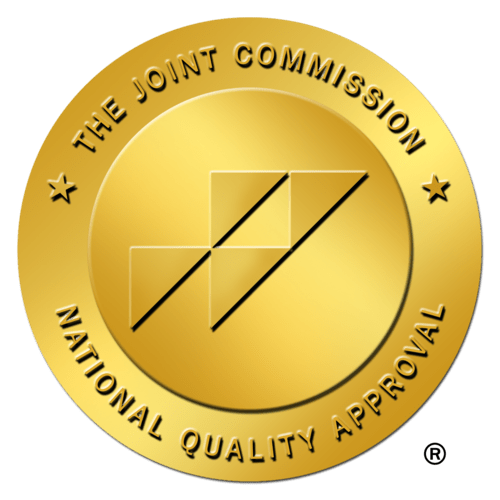
In rehabilitation care, two professions stand out for their crucial roles in helping individuals regain independence and improve their quality of life: occupational therapists (OTs) and physical therapists (PTs). While both professions share similarities and often work collaboratively, they have distinct focuses and approaches tailored to address different aspects of a patient's well-being. Let's delve into the nuances of each profession to better understand their differences.
Occupational Therapists (OTs)
Occupational therapists assist individuals in achieving independence and functionality in their daily activities, or "occupations." Contrary to the common misconception, "occupation" doesn't solely refer to one's job; rather, it encompasses a broad spectrum of activities essential for living a fulfilling life, including self-care, work, leisure, and social participation.
OT roles and responsibilities:
- Functional Assessment: OTs evaluate a patient's physical, cognitive, and emotional capabilities to identify barriers hindering their ability to perform daily tasks.
- Customized Intervention: Based on the assessment, OTs develop personalized intervention plans to address deficits, improve skills, and facilitate independence in daily activities. This may involve training in activities such as dressing, cooking, or using assistive devices.
- Environmental Modification: OTs assess and modify the patient's environment to make it more conducive to independent living, such as installing grab bars or ramps for accessibility.
- Psychosocial Support: OTs provide emotional support and strategies to cope with challenges related to disability or injury, helping individuals adapt to life changes and maintain mental well-being.
Physical Therapists (PTs):
Physical therapists focus primarily on restoring and enhancing a patient's mobility, strength, and physical function. Their interventions aim to improve overall movement and alleviate pain, enabling individuals to engage in daily activities and participate more fully in society. Learn more about what it takes to become a physical therapist in our related blog.
PT roles and responsibilities:
- Movement Analysis: PTs assess a patient's movement patterns, muscle strength, joint range of motion, and posture to identify impairments and functional limitations.
- Treatment Planning: Based on the assessment, PTs develop individualized treatment plans that may include therapeutic exercises, manual therapy techniques, and modalities such as heat or electrical stimulation.
- Pain Management: PTs address pain through various modalities and techniques, helping patients manage discomfort and improve their overall quality of life.
- Education and Prevention: PTs educate patients about proper body mechanics, injury prevention strategies, and exercises to maintain gains achieved during therapy, aiming to prevent future injuries or complications.
Key differences between occupational therapists and physical therapists
While both OTs and PTs share the common goal of improving a patient's overall well-being and independence, their approaches and areas of focus differ significantly:
- Focus Area: OTs primarily concentrate on enhancing a patient's ability to perform activities of daily living (ADLs), whereas PTs focus on improving mobility, strength, and physical function.
- Treatment Techniques: OT interventions often include activities aimed at improving specific skills necessary for daily living, while PT interventions focus more on therapeutic exercises and manual techniques to improve physical function.
- Environment vs. Body: OTs address both the physical and environmental factors influencing a patient's ability to engage in meaningful activities, whereas PTs primarily focus on physical impairments and their impact on movement.
- Collaborative Approach: While OTs and PTs often collaborate closely, especially in multidisciplinary settings, each profession brings its unique perspective and expertise to the table, contributing to comprehensive patient care.
In conclusion, while occupational therapists and physical therapists share common goals and collaborate in many instances, their distinct roles, focuses, and intervention approaches make each profession indispensable in the realm of rehabilitation. Understanding the differences between these professions is crucial for ensuring that individuals receive comprehensive and tailored care to maximize their functional independence and quality of life.
Want to learn about other in-demand healthcare professions? Explore more professions with shifts offered through the CareRev App.





